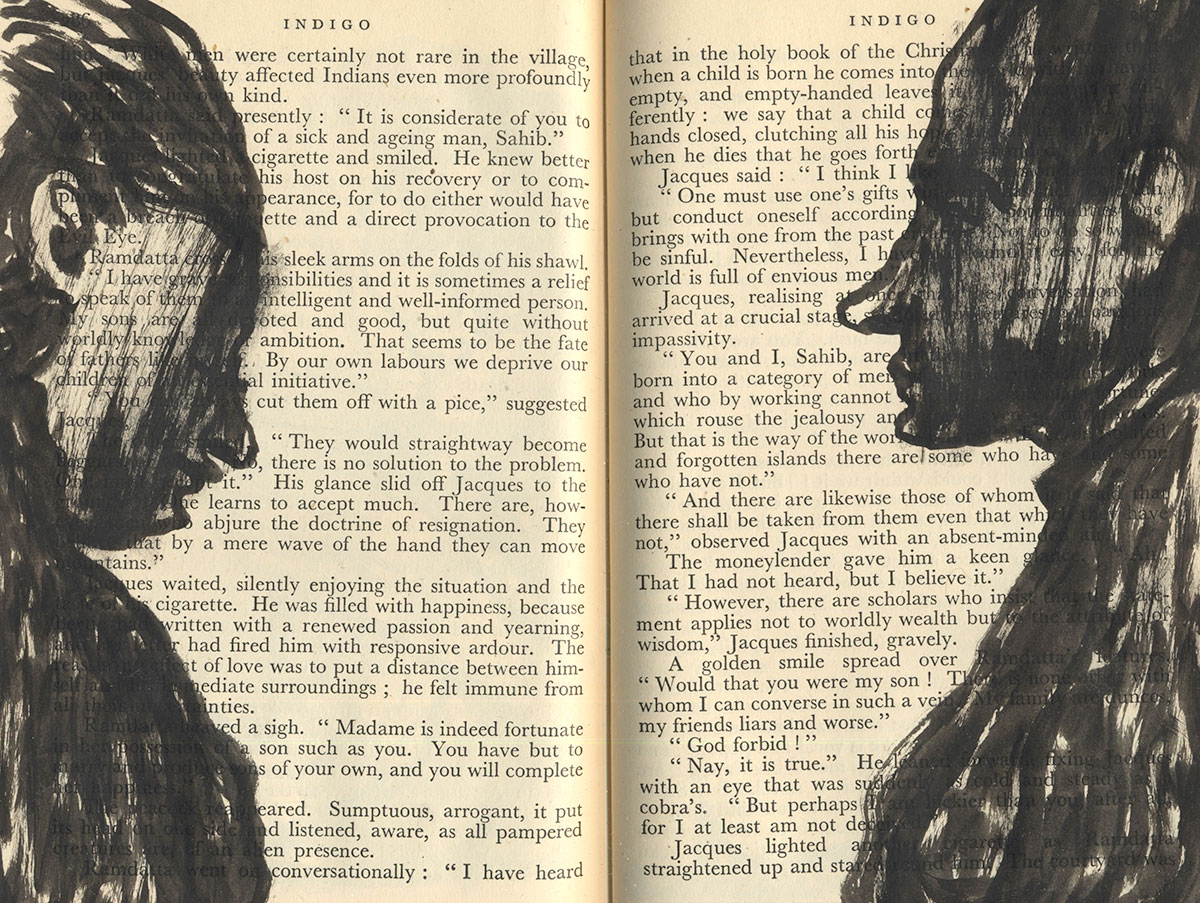Ludic practice: the case for play in university museums

Abstract
This article calls for a greater use of play in university museums and study collections. Play is not new in museums but ‘ludic practice’ calls for a tailored approach, centred on teaching collections and art and design students, and focusing on the object rather than the game or play interaction, as can be the focus in public collections. This article explores the work of Carson & Miller, the development of ludic practice and gives an overview of initial teaching experiments carried out with first year students on the Fine Art 3D pathway at Central Saint Martins (UAL).
Keywords
ludic, play, museums, collections, object-based learning
Author Biography
Sarah Campbell
Sarah Campbell is a Curator at the Central Saint Martins Museum & Study Collection (UAL). She has 10 years of experience working in museums and collections. Her background is in History of Art, specialising in 20th Century British Modernism and within the CSM Museum she mainly works with the Contemporary Collection, Painting and Ceramics. Sarah has a research interest in ludic practice (games and play in museums) which developed out of her research on object based learning for her Postgraduate Certificate in Higher Education. Her role at CSM includes collections management, exhibition curating and teaching. She works with a variety of courses across CSM.
References
- D pathway Fine Art student (2018) Interviewed by Sarah Campbell, 29 October.
- Allmer, P. (2018) Interviewed by Sarah Campbell, 26 February 2018.
- Brotchie, A. and Gooding, M. (1995) A book of surrealist games. Boston: Shambhala Redstone Editions.
- Carson and Miller (2019a) ‘Images’, Carson & Miller. Available at: http://carsonandmiller.co.uk/images/#/the-story-of-things-1/ (Accessed: 1 March 2019).
- Carson and Miller (2019b) ‘Game playing’, Carson & Miller. Available at: http://carsonandmiller.co.uk/game-playing/#/a-library-game/ (Accessed: 1 March 2019).
- Csikszentmihalyi, M. (2008) Finding flow. New York: Basic Books.
- Hammond, A., Berry, I., Conkelton, S., Corwin, S., Franks, P., Hart, K., Lynch-McWhite, W., Reeve, C. and Stomberg, J. (2006) ‘The role of the university art museum and gallery’, Art Journal, 65(3), pp.20–39. https://doi.org/10.1080/00043249.2006.10791213.
- Prown, J.D. (1982) ‘Mind in matter: an introduction to material culture theory and method’, Winterthur Portfolio, 17(1), pp.1–19. https://doi.org/10.1086/496065.
